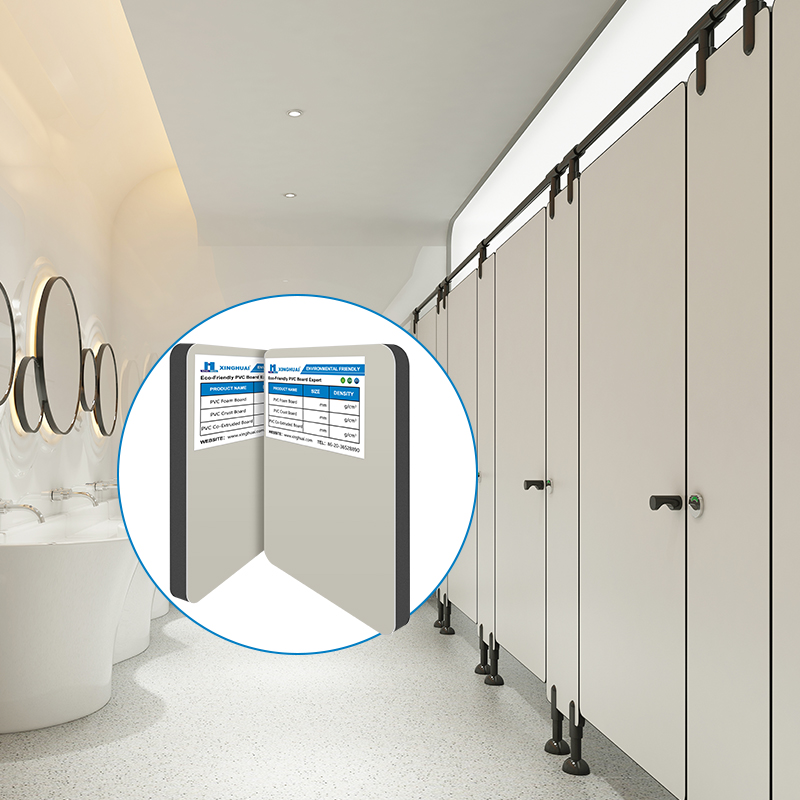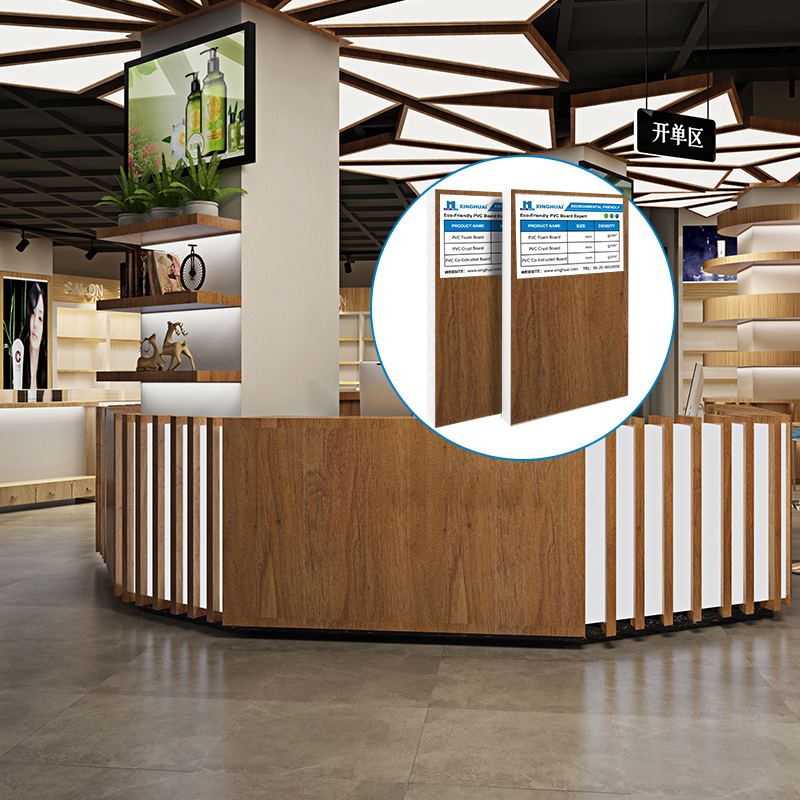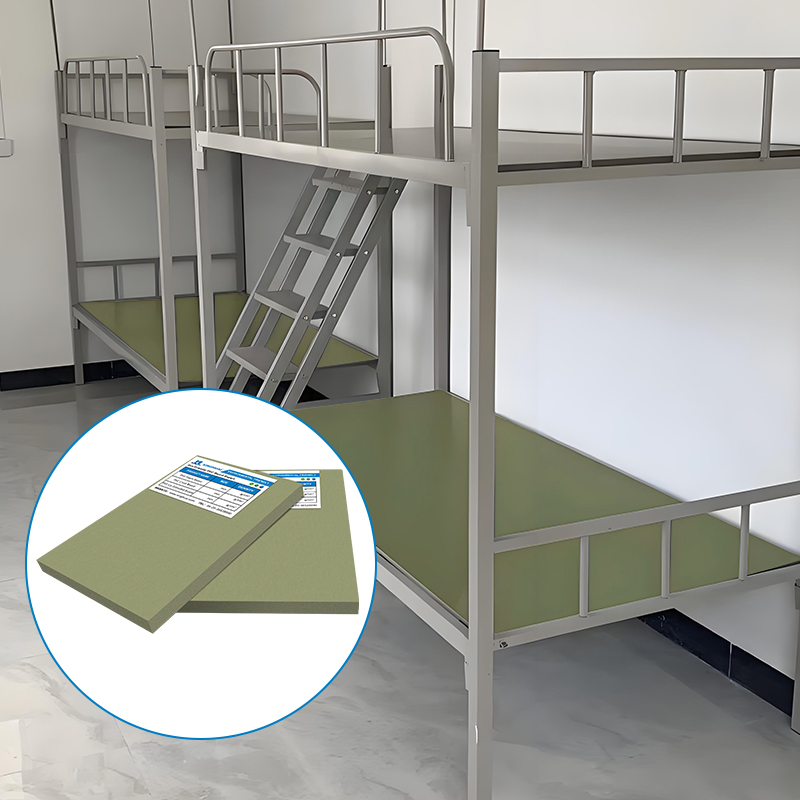What is the Main Difference Between PVC Board and Acrylic Board?
1. Fundamental Composition: Cellular vs. Solid Structures
All PVC boards, including PVC Celuka foam sheet and closed cell PVC foam board, share a foundation in polyvinyl chloride (PVC) polymer. The magic lies in their additives: blowing agents like azodicarbonamide create the cellular structure in plastic foam boards, while Celuka foam sheets feature a dense outer skin fused to a foamed core, enhancing rigidity. Brands like Forex PVC foam board perfect this balance, offering PVC foam board sheets with uniform cell distribution for consistent performance. However, these foaming processes can leave trace VOCs, giving new PVC foam board sheets a subtle chemical odor—especially noticeable in closed cell PVC foam boards due to their compact structure trapping additives.
Acrylic, or PMMA (polymethyl methacrylate), is a non-porous wonder. Unlike PVC Celuka foam sheet or closed cell PVC foam board, it forms a solid, molecularly uniform structure during polymerization, eliminating any air pockets. This purity grants acrylic its signature 92% light transmission—a clarity unmatched by even the smoothest PVC foam board sheet. Freshly produced acrylic is entirely odorless, a stark contrast to the occasional plasticky scent of new plastic foam boards like Forex PVC foam board.
2. Physical Performance: Weight, Durability, and Appearance
A PVC foam board sheet’s density varies widely. Closed cell PVC foam board packs cells tightly, making it heavier than open-cell variants but still lighter than solid wood. Celuka foam sheets, with their dense skins, add surface weight while maintaining a lightweight core—ideal for signage that needs stiffness without bulk. Acrylic, however, feels featherlight in comparison; a 3mm acrylic sheet weighs significantly less than a Forex PVC foam board of the same size, thanks to its lack of foam structure.
Most PVC foam board sheets, including Forex PVC foam board and plastic foam boards, are designed for opacity. Their matte or textured surfaces excel at absorbing ink for digital printing, making them go-to choices for billboards or exhibition panels. PVC Celuka foam sheet’s smooth skin elevates print quality further, but transparency is never their strength. Acrylic, conversely, turns heads with its glass-like clarity. Whether used for aquarium panels or backlit store logos, its ability to transmit light and retain a glossy finish outshines even the sleekest closed cell PVC foam board.
A closed cell PVC foam board shrugs off water, making it ideal for outdoor use—think pool signage or bathroom partitions. However, its cellular structure means it can dent if struck, unlike acrylic’s shatter-resistant solid form. Acrylic resists impacts admirably but fears harsh chemicals; a spill of acetone on an acrylic sheet can cause crazing, while PVC foam board sheets (unless degraded by solvents) remain unaffected.
3. Fabrication: Ease of Use vs. Precision Demands
Working with PVC foam board sheet is a breeze for DIYers. A utility knife glides through plastic foam boards like Forex PVC foam board, and laser cutters effortlessly shape Celuka foam sheets—though prolonged heat may emit slight fumes. Mistakes are forgivable; a botched cut on a closed cell PVC foam board can be sanded smooth. Acrylic demands more care: a dull saw blade can crack it, and laser cutting requires precise speed control to avoid edge discoloration. But for complex curves or domed shapes, acrylic’s heat-bending flexibility outperforms the rigid nature of most PVC foam board sheets.
The porous core of a PVC foam board sheet or the solid skin of Celuka foam sheets readily accepts paints, vinyl wraps, and adhesives like PVC cement, pvc celuka foam sheet making them perfect for quick-turnaround projects. Assembling a trade show booth with Forex PVC foam board takes hours, not days. Acrylic, with its non-porous surface, requires primer for painting and solvent-based adhesives for bonding, but the result is a seamless, gallery-worthy finish. Its smoothness also makes it ideal for screen printing or UV printing, pvc celuka foam sheet pvc celuka foam sheet where detail matters more than in plastic foam board applications.
4. Cost and Sustainability: Budget vs. Environmental Impact
PVC foam board sheet materials, from Celuka foam sheets to closed cell PVC foam board, are inherently budget-friendly. A 4x8ft sheet of Forex PVC foam board costs significantly lpvc celuka foam sheet ess than acrylic of the same size, making it the go-to for pvc celuka foam sheet temporary setups or bulk orders. Acrylic’s higher price reflects its manufacturing complexity—purifying PMMA monomers and casting clear sheets requires precision—but it pays off in longevity. plastic foam board A retail store’s acrylic signage may last decades, pvc celuka foam sheet outlasting multiple replacements of plastic foam board signs.
PVC’s chlorine content raises eco-concerns; incinerating closed cell PVC foam board or PVC foam board sheets can release harmful dioxins if uncontrolled. However, plastic foam board pvc celuka foam sheet pvc celuka foam sheet many regions now recycle PVC into new plastic foam boards or construction materials. Acrylic, pvc celuka foam sheet while chlorine-free, has lower recycling rates due to separation challenges in waste streams. Both materials require responsible disposal: recycling a Forex PVC foam board reduces landfill impact, while upcycling acrylic scraps into art avoids waste.
5. Real-World Applications: When to Pick PVC or Acrylic
Outdoor Signage in Harsh Weather: A closed cell PVC foam board withstands rain and sun in coastal areas, making it ideal for beachside café menus or marina markers.
Budget Event Displays: Event planners opt for PVC foam board sheet or Celuka foam sheets to create backdrops or stage props, plastic foam board knowing the material’s low cost allows for post-event disposal without financial strain.
Crafting with Kids: Lightweight plastic foam boards like Forex PVC foam board are safe for school projects, easy to cut into shapes, and forgiving of glue spills.
High-End Retail Displays: A luxury brand’s window exhibit uses acrylic shelves and transparent signage to create a minimalist, high-clarity look unattainable with PVC foam board sheets.
Protective Barriers in Healthcare: Shatter-resistant acrylic partitions in hospitals offer durability and easy sanitization, outperforming closed cell PVC foam board in hygiene-critical environments.
Art Installations: Artists use acrylic for sculptural pieces that rely on light play, such as layered wall art or illuminated sculptures, where Celuka foam sheets’ plastic foam board opacity would dull the effect.
6. Final Insights: Prioritizing Your Project’s Needs
What’s the budget? Tight budgets favor plastic foam boards; premium projects demand acrylic’s quality.
Where will it be used? Outdoor or wet spaces need closed cell PVC foam board; indoor clarity calls for acrylic.
How long should it last? Short-term use justifies forex pvc foam board PVC’s affordability; permanent installations require acrylic’s resilience.




